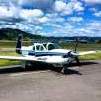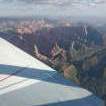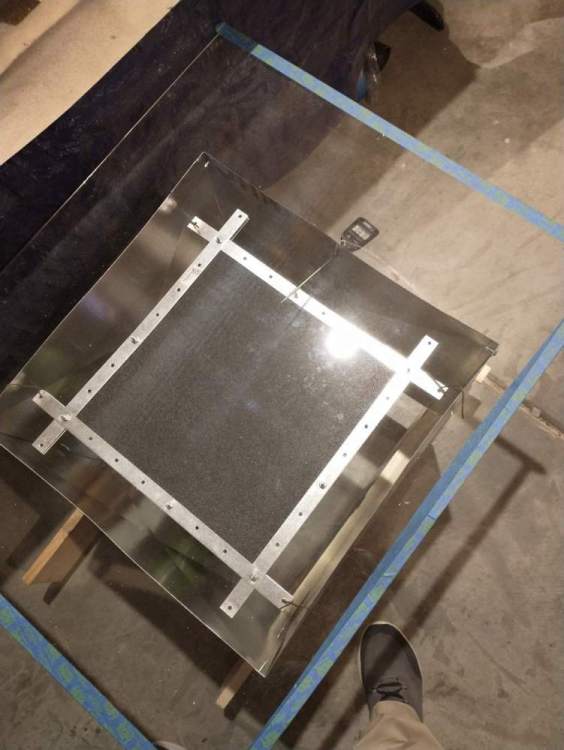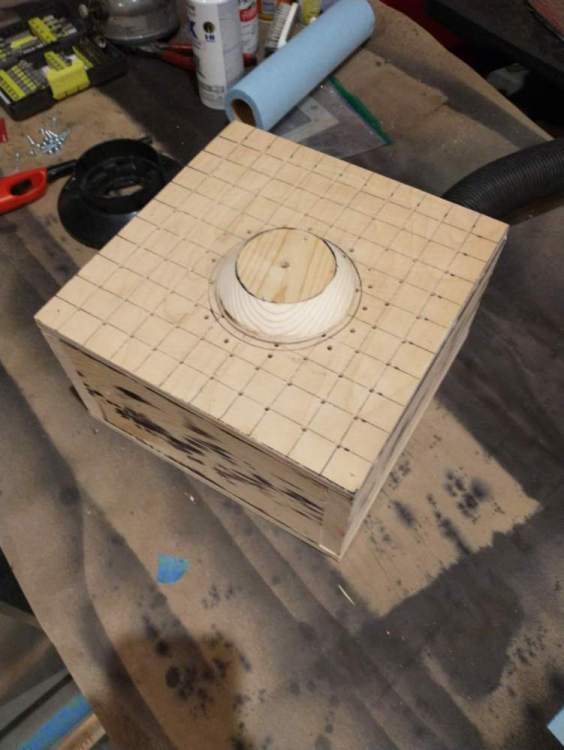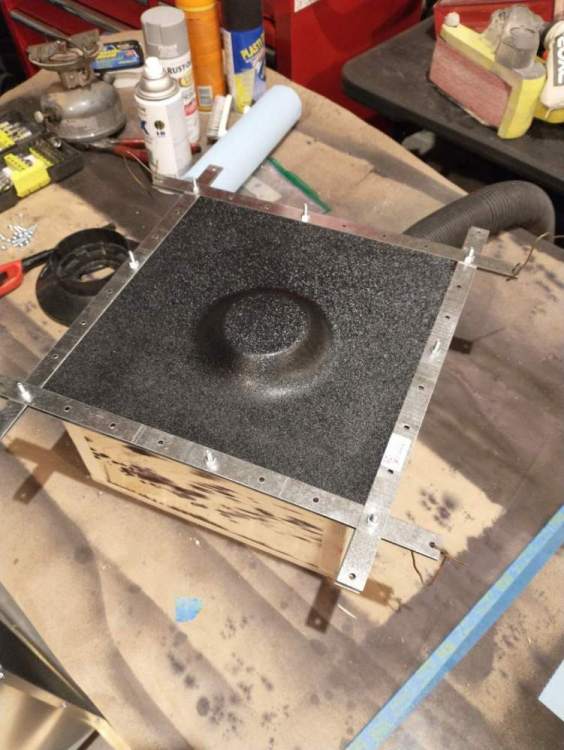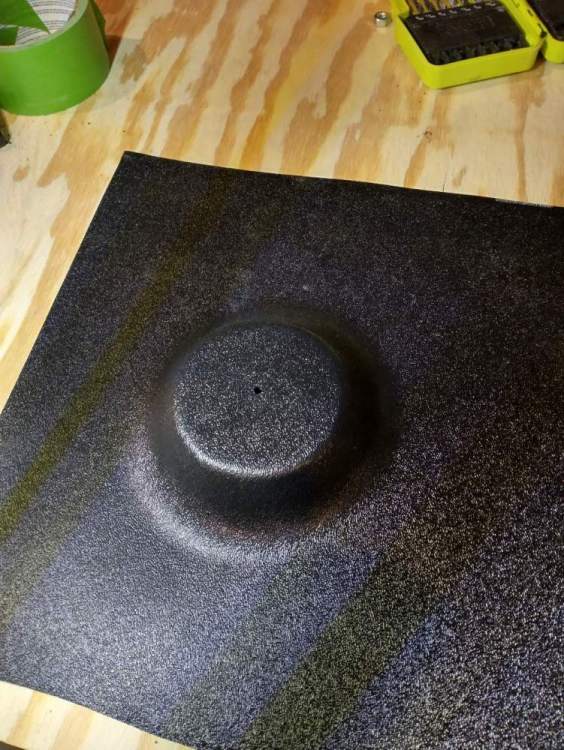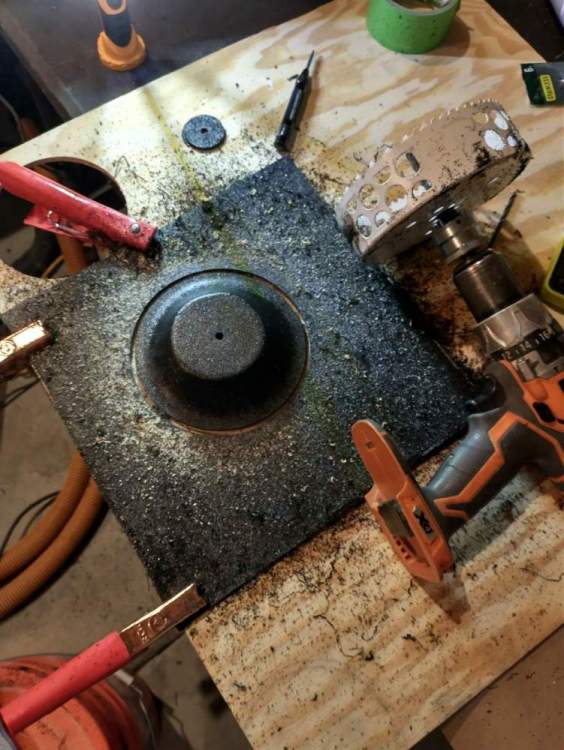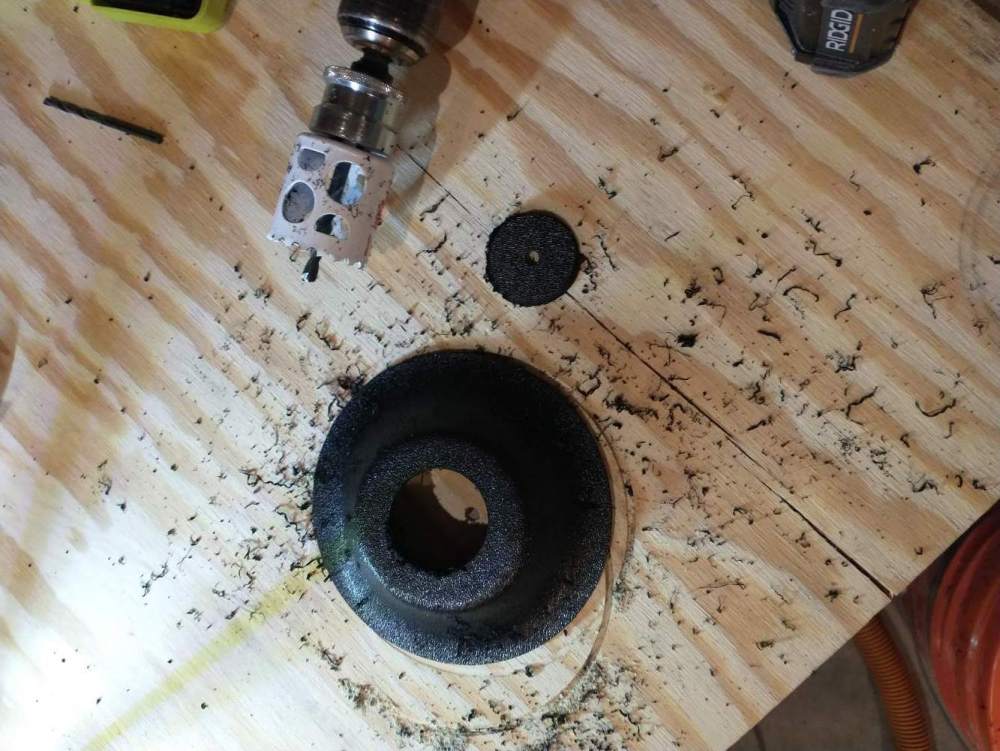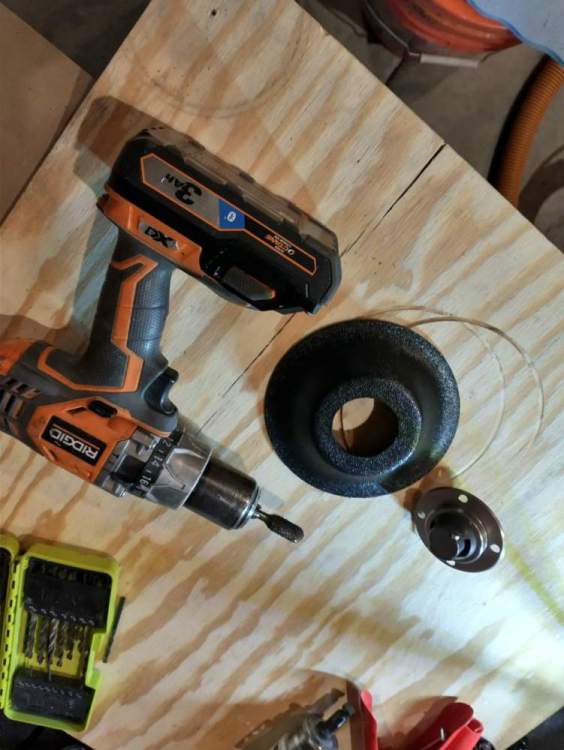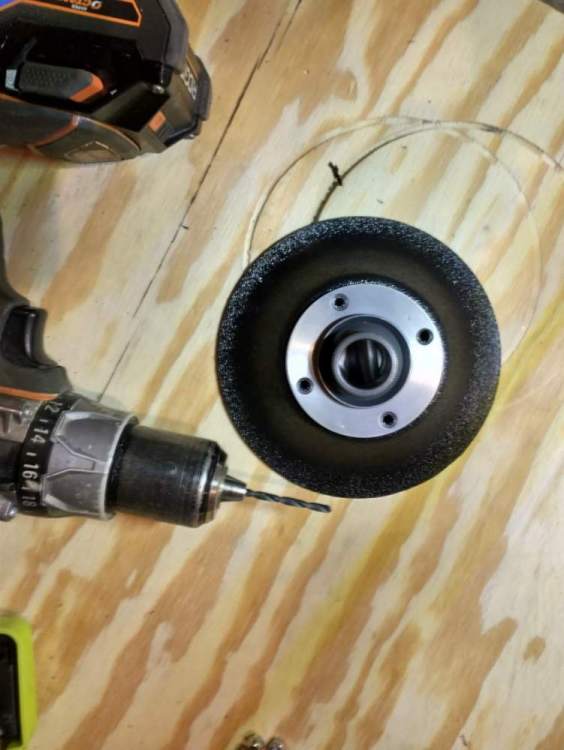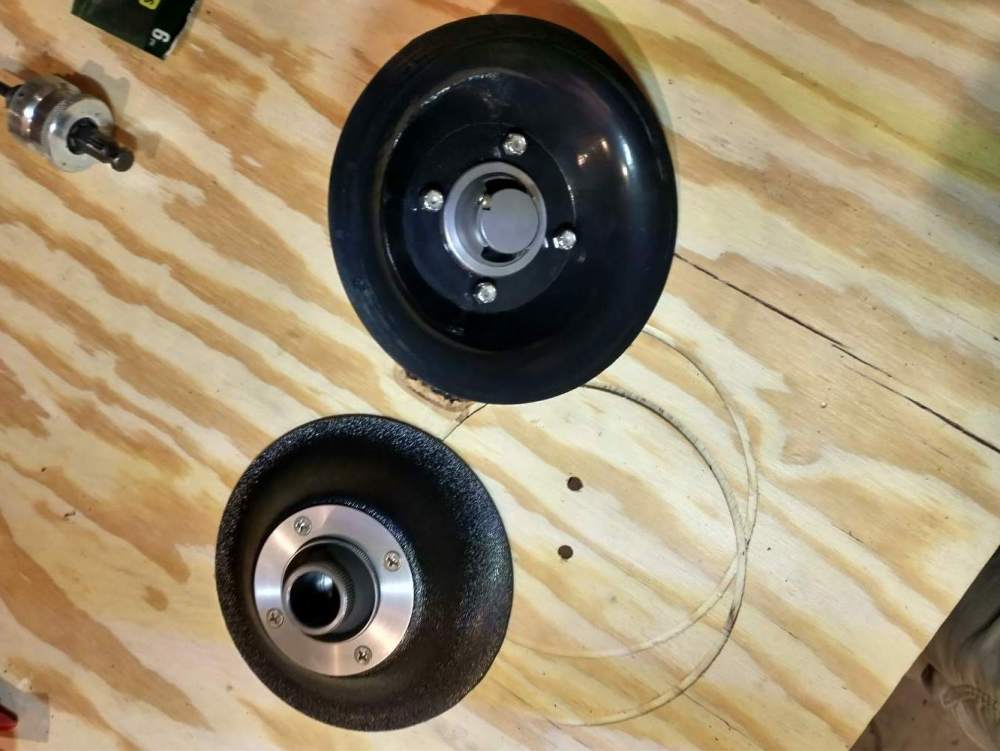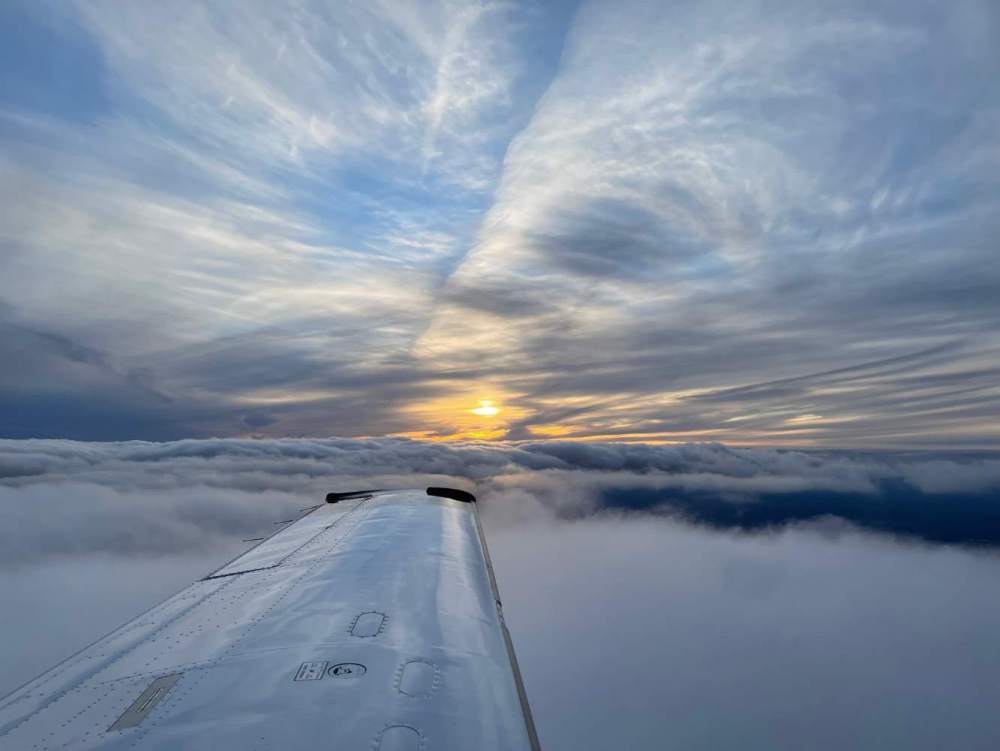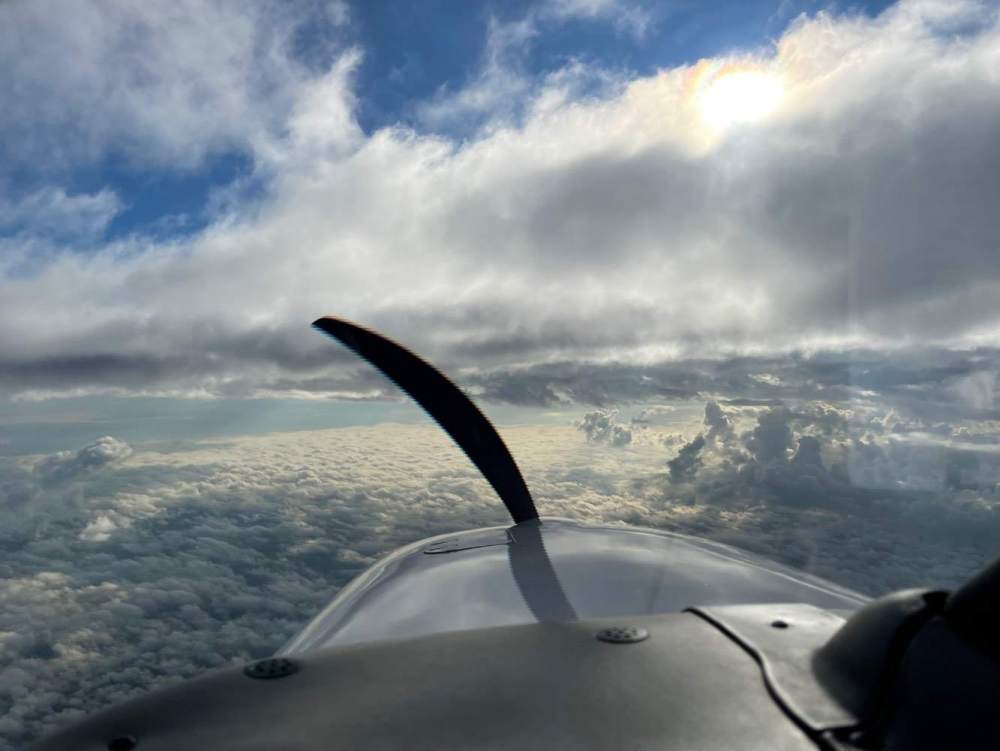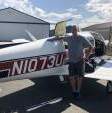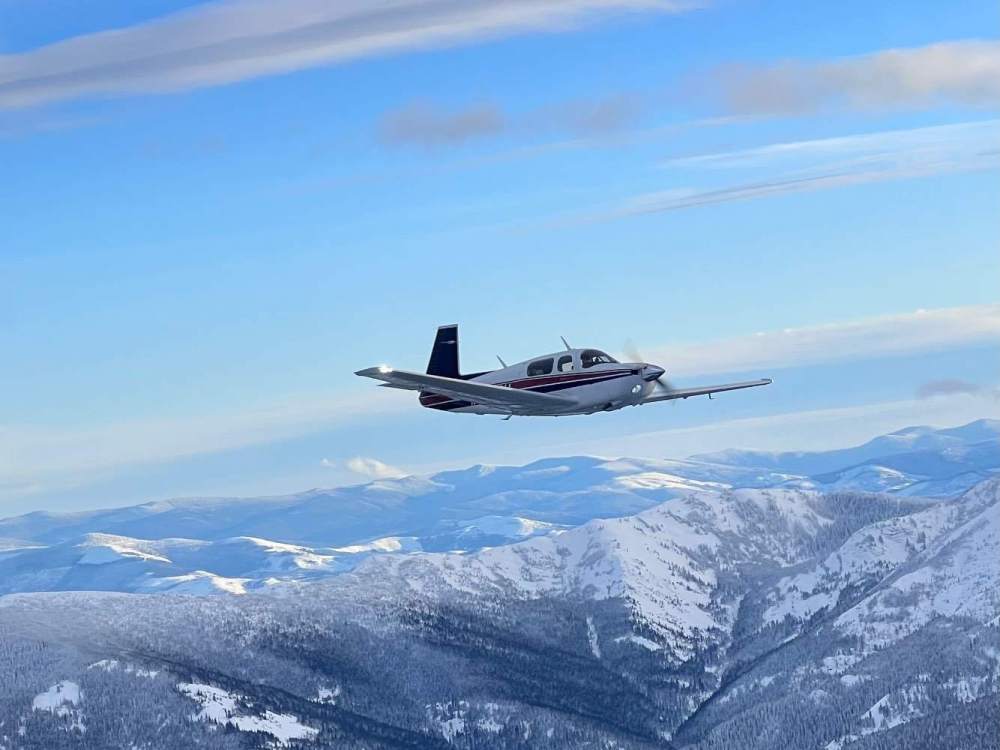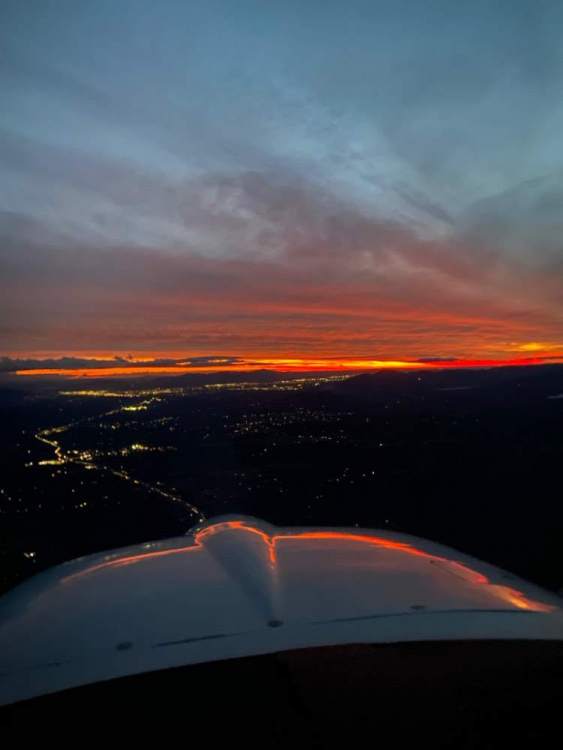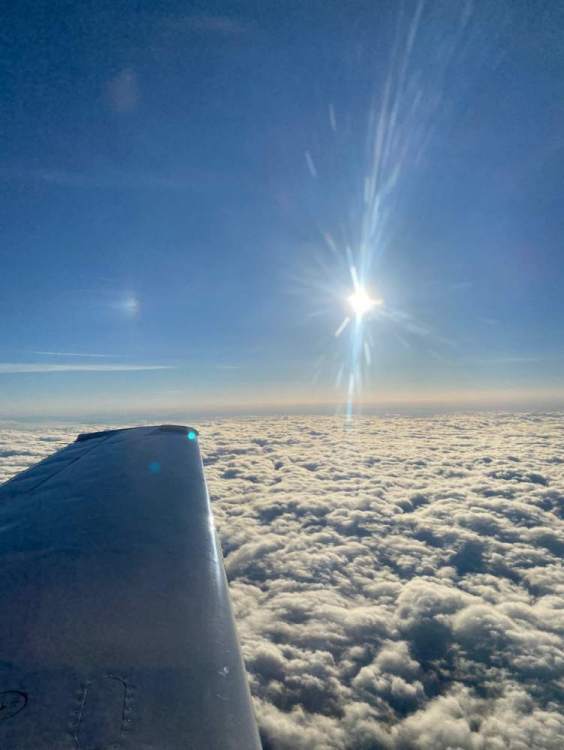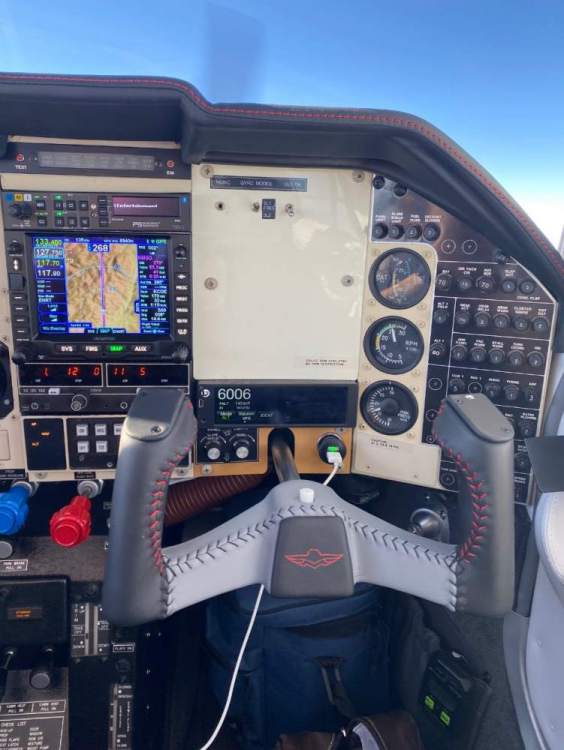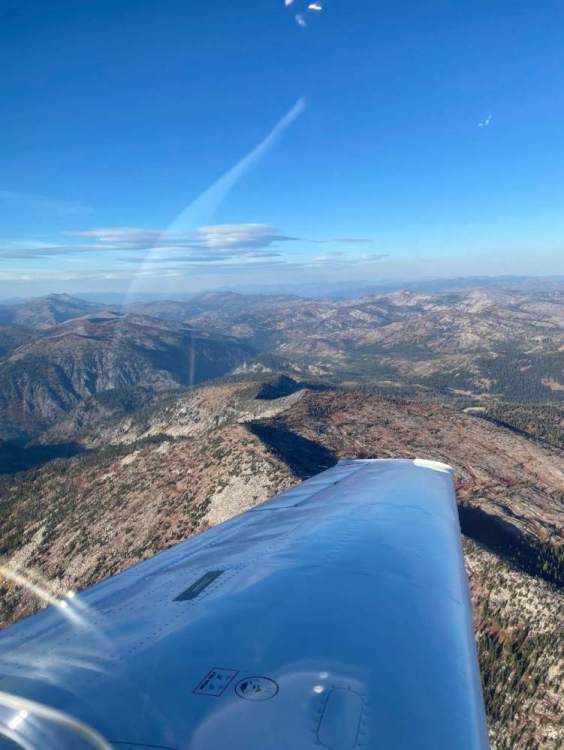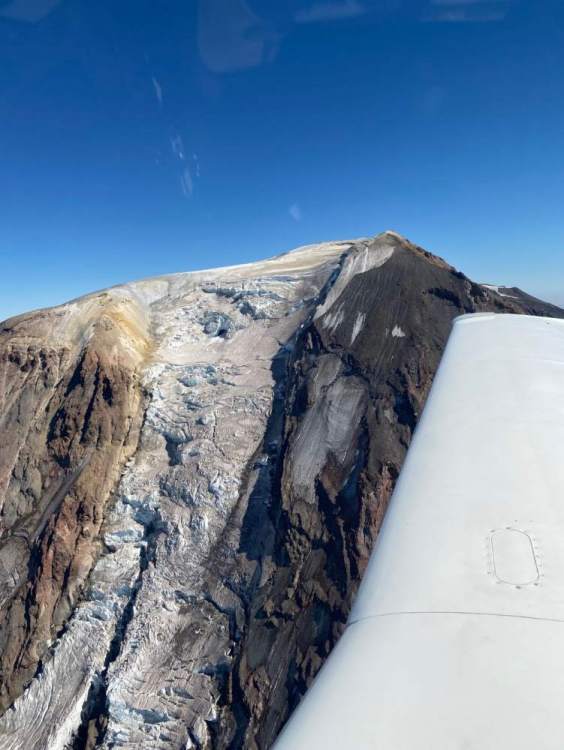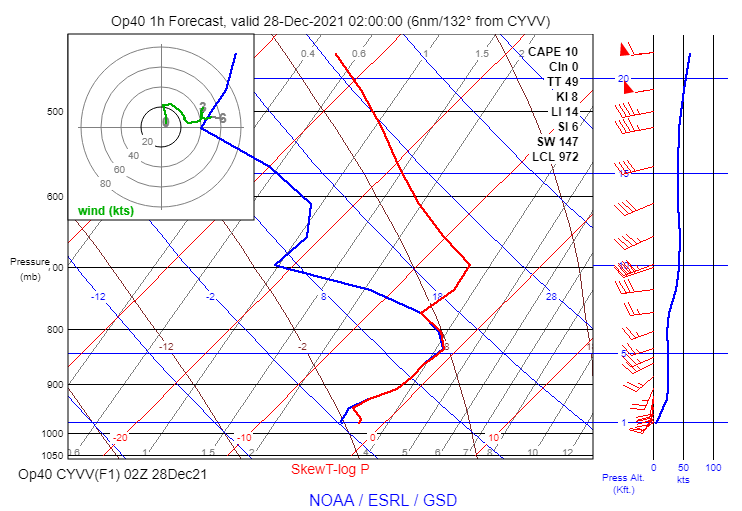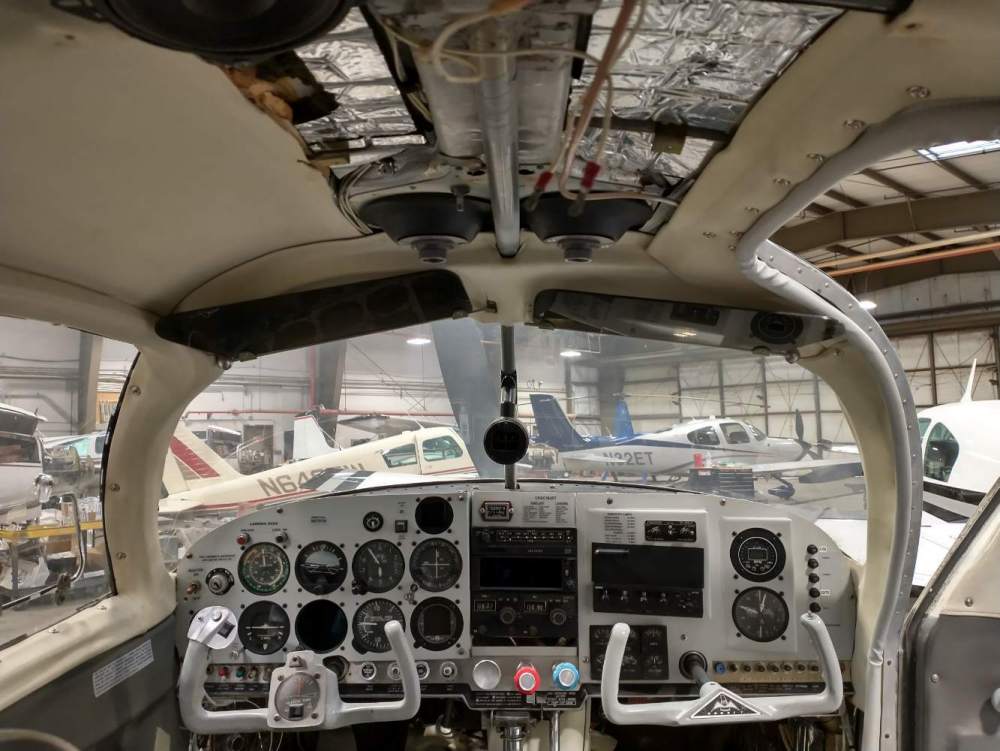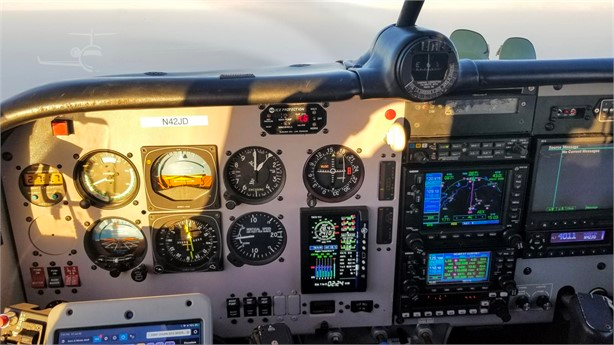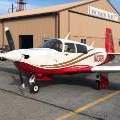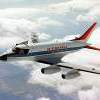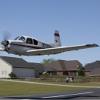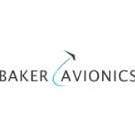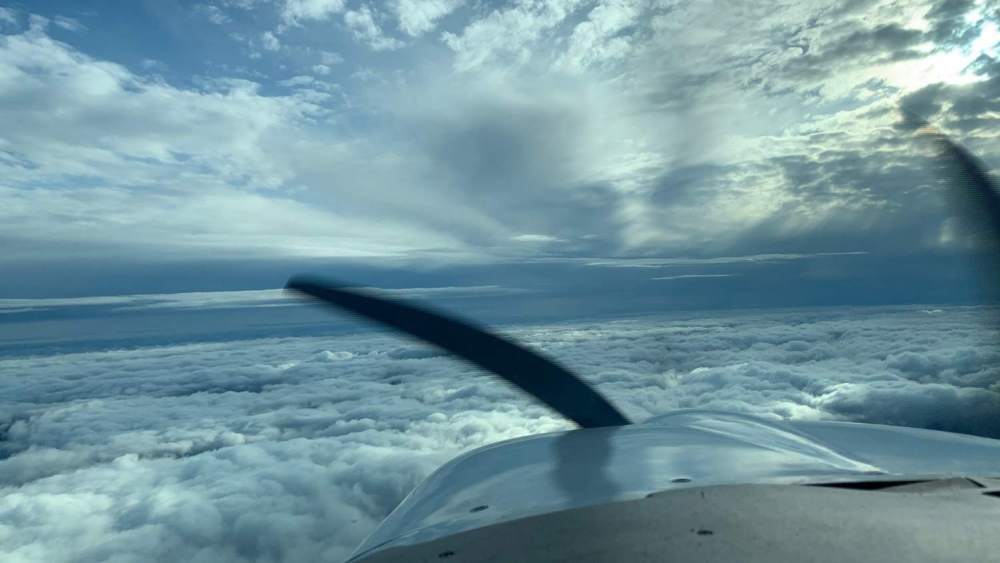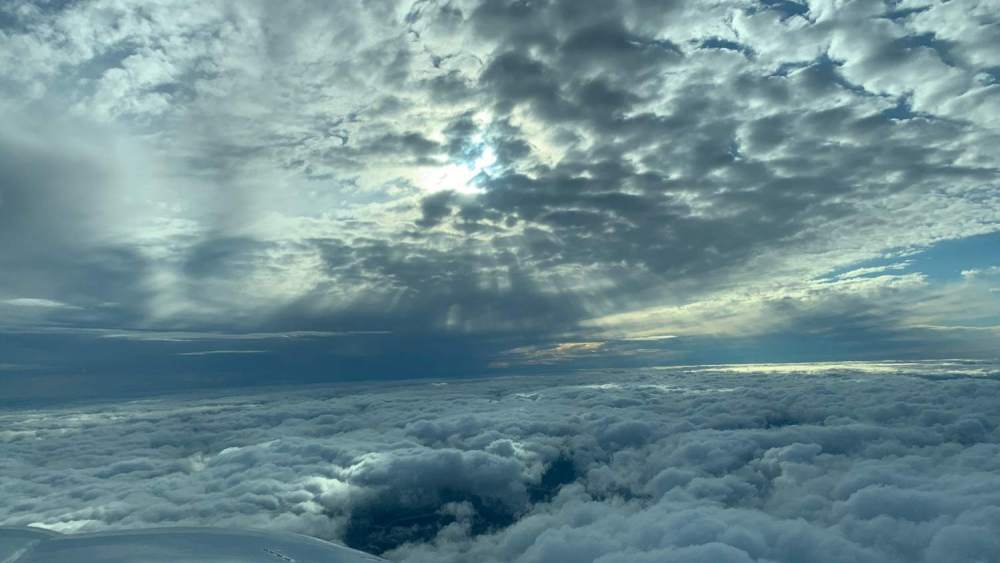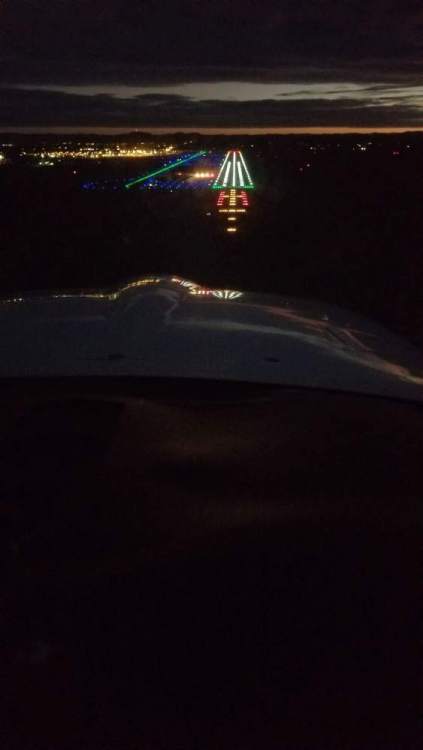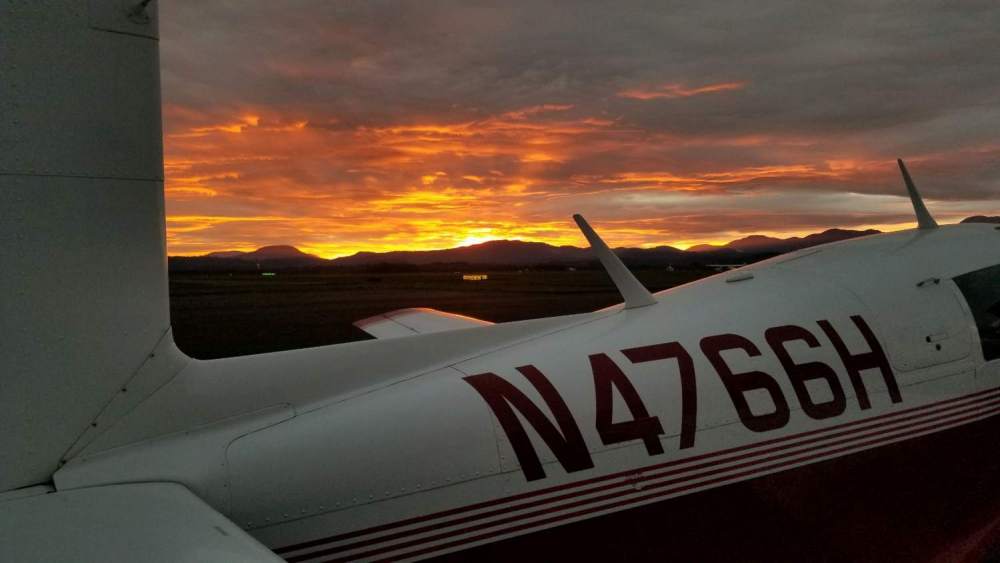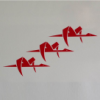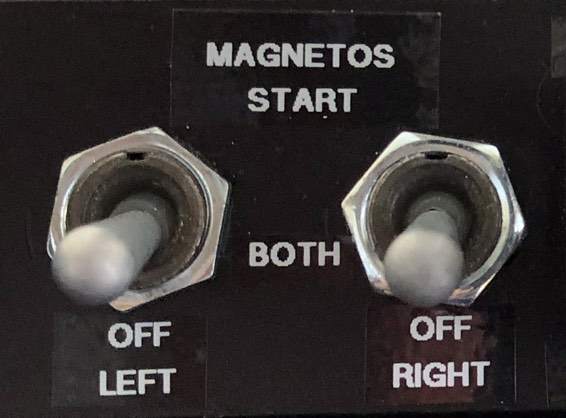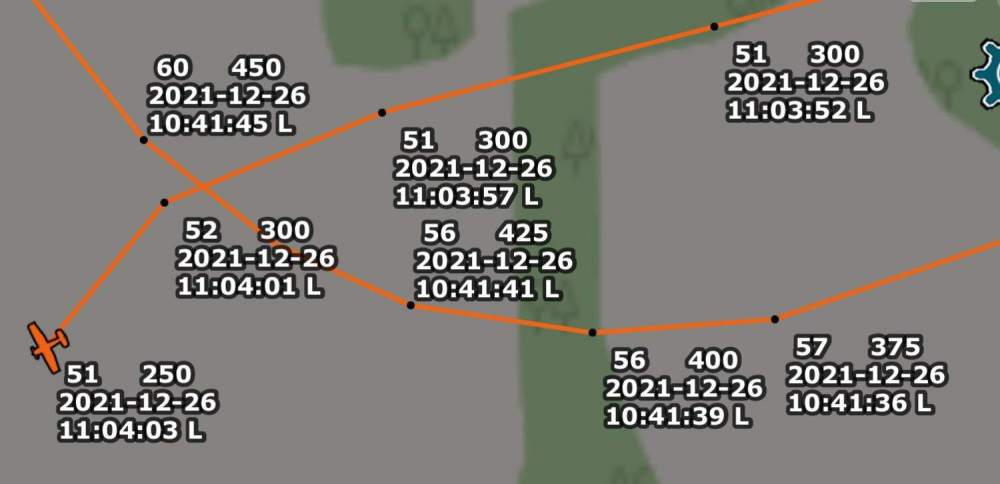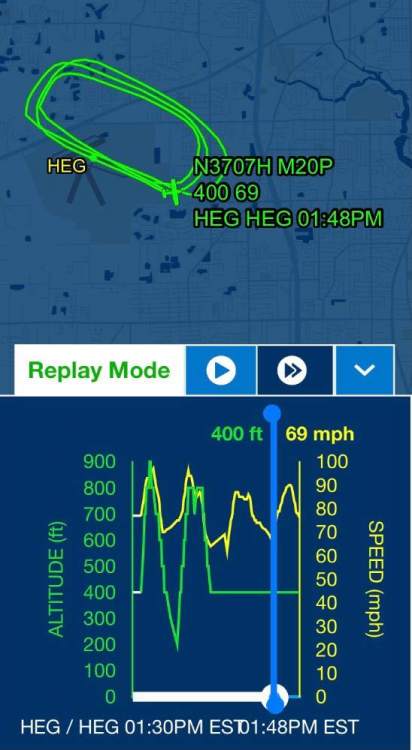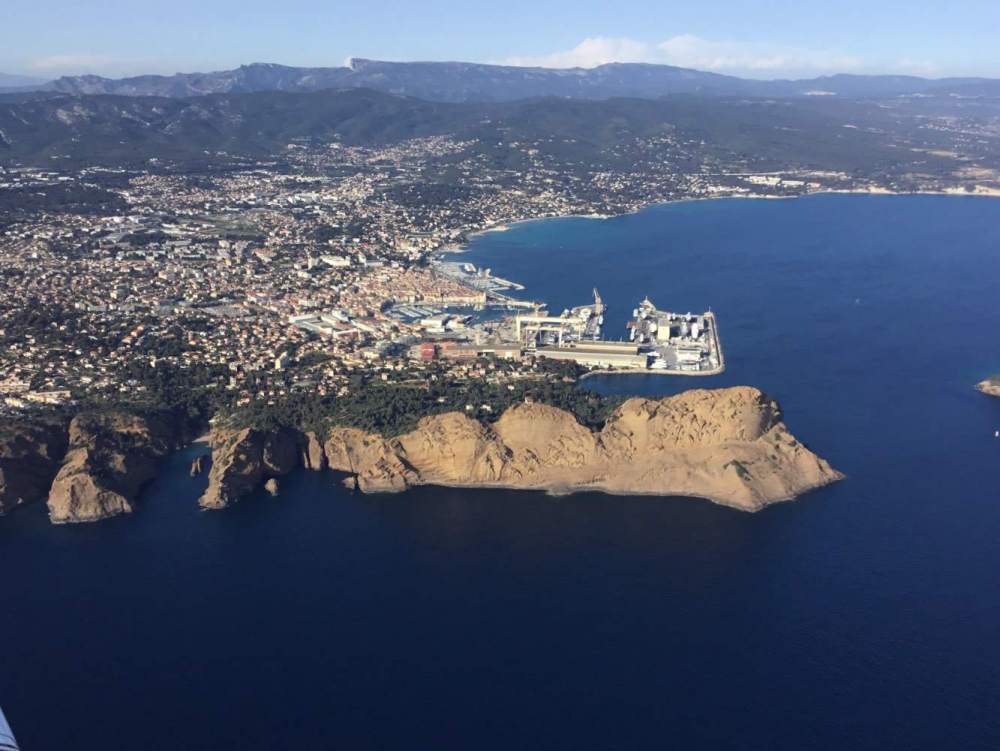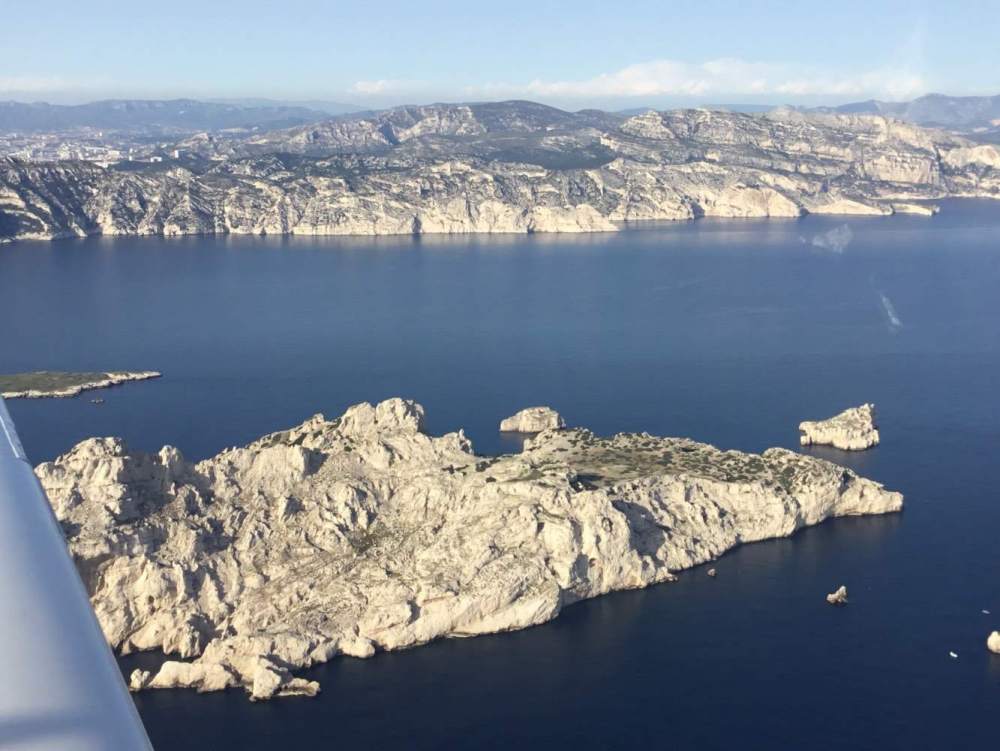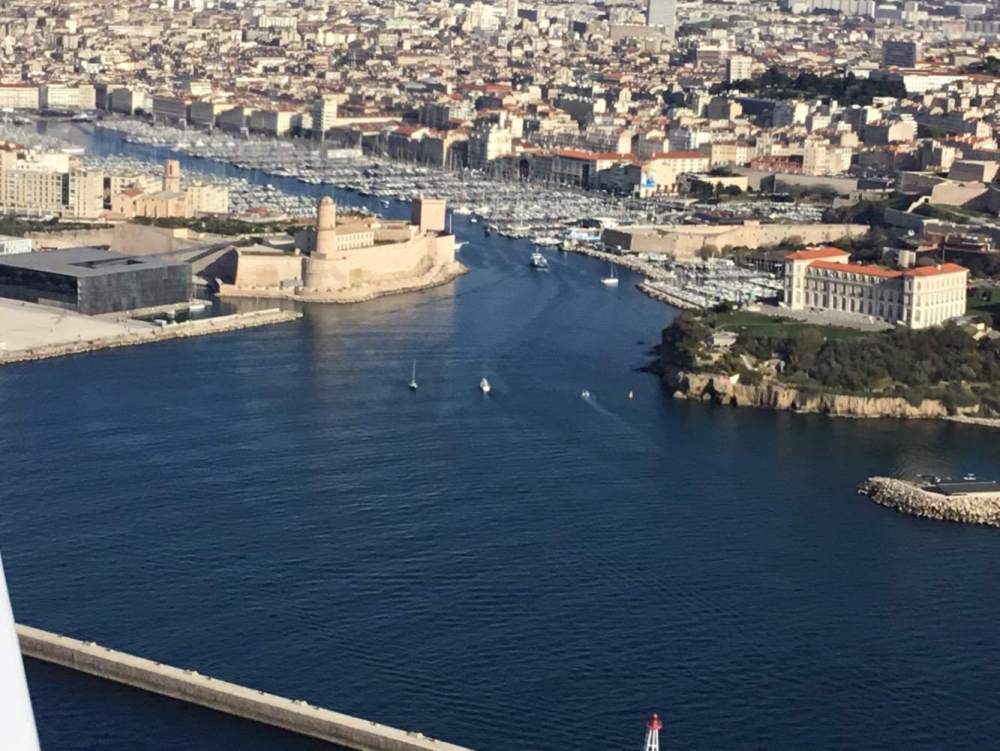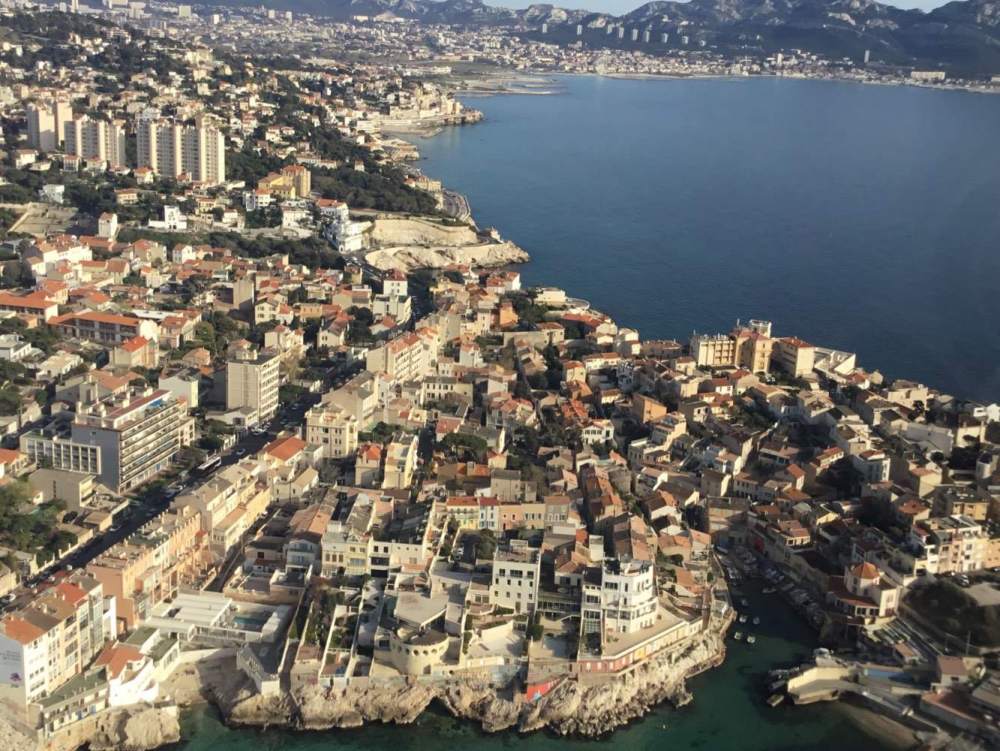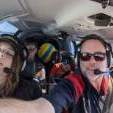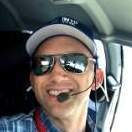Leaderboard
Popular Content
Showing content with the highest reputation on 12/28/2021 in all areas
-
So I am currently in a very extensive annual and decided while the plane was down for a while and torn apart I might as well upgrade my Mooney from the broken plastic overhead vents to some modern eyeball vents. First idea was to order some vents from Wisconsin Aviation. After receiving those I took them in to the AP/IA to see what he thought. Unfortunately he had two conditions 1. They need to come from a company that made the vents for an airplane. They fit this description. 2. I couldn't cut the plenum to install whatever I was going to use....the instructions for the Wisconsin Aviation vents clearly stated you had to cut the plenum to install them, so no go! I had to come up with a plan B. After much thought and research I came up with the idea of thermoforming some adapter pieces out of ABS plastic to space the new vents away from the plenum. I also wanted metal eyeball vents so I ordered some from aircraft spruce. The ones I ended up with are much nicer that the plastic ones from Wisconsin Aviation. Now the hard work. First I had to build a vacuum forming table, a heating chamber, and make the appropriate form to make the parts. I used 1/8" thick ABS which created really strong parts, likely way stronger than they need to be. It took a couple attempts to get the form right and I ruined a bunch of plastic figuring out the correct amount of heat, but with some trial and error I think I got it figured out. I think they turned out well. Tomorrow I will take them in for the IA to review and if they get his blessing I'll work on getting them installed. Here are some pics of the project so far.3 points
-
As 2021 comes to a close I reflect on the previous 12mo of logbook entries. In the 2021 calendar year I tallied up 169.4 hrs in my Ovation 2. I would have flown a lot more but my Mooney was in the shop getting a new panel for 4 months. Memorable trips included a trip from PBG in upstate NY to HYI in TX and back and a trip from PBG to F45 in S FL and back. Only 1 fuel stop to and from TX. Ovation is a traveling machine! This was my first year of ownership. 100% dispatch reliability. Good stuff! My 2 favorite pics from 2021…3 points
-
175 hours, and that was with some down time installing the IO390 in my J, which was not as simple as just an engine change. Also had some issues with the electronic mag from lycoming that caused some down time. Otherwise, it was a great year, minus the fact Covid took my best flying pal this December. Pictures are from through the year, and a few from a great trip from Coeur d Alene Idaho to San Antonio, Texas to drop of at aerocomfort.3 points
-
2 points
-
Here is an update, I wedged the parts in where they would go and evaluated whether the vents had enough articulation to hit me in the face - which is where I prefer the air to go when I'm using overhead vents. In the front seats it looks like I could get them to hit me in the chin. The back seats however only the chest. I'm going to consider how to implement N201MKturbo's suggestion and introduce an angle to the part so they can be aimed more effectively. Below is a picture of how they look just setting in place with the current part. Unfortunately I'm just working with the tools a guy in construction would have and not any cnc equipment, so I have to really think through how to make a part that isn't symmetrical. I'm thinking I may screw the mold to another piece of wood so I can cut the bottom in my miter saw, then add more wood to the cut side and reform again with the grinder/flapdisk.2 points
-
2 points
-
If the airplane will spend all of its time in warm weather climates, then there is some argument that a straight weight 100 will better protect against corrosion because it takes longer to drip off engine components. This has been mentioned by Busch and Aviation Consumer, among others - but I don’t believe it’s much more than a gut feeling. I haven’t seen any studies proving this. If you occasionally fly to cooler climates, just fill with multi weight and be done with it. I used to do the straight weight thing, but I was always stressed when seasons changed. I had one particular trip where my destination forecast temps were dropping, and would be way outside operating temperature for Aeroshell W100 with no preheat available. I had to do a middle-of-the-night oil change with quart bottles I bought from the FBO counter. That was the first time I did Phillips XC and I haven’t gone back to straight weight since.2 points
-
That’s my set up! Love it. I don’t know but it’s unexectantly fun starting the engine by pressing a button. yeah - what other people said - it’s easier to forget to flick the switches to off after shut down - very important. And I would add - check again before you ever touch the prop. e2 points
-
I think there’s a similar thread here, but you should contact @Bob Weber, he is very good at troubleshooting these over the phone. His phone number ison MS if you search.2 points
-
Only 60 hours this year in the Mooney, but 500 hours in other aircraft (172/208/PA44/CRJ9 sim)2 points
-
2 points
-
If you didn’t get what you wanted for Christmas…this is a great treat to add to your plane. once you buy it, you will get to use this great tool for every landing. please keep in mind with every marginal and poor landing you have you shorten the useful life of your landing gear components and sealing of the in wing fuel tanks. Even consider that it could help you avoid a gear up event with the “check your gear” call out. you can minimize installation expense if you run the interconnecting cable during your annual when panels are removed. with LHS i grease over 90% of my landings…Ito me this couldn’t be accomplished without it. My testimony is without any compensation…I have no connection to the company I just feel it offers such value for fellow M20 owners2 points
-
It really depends on how much you fly. If you're flying daily, you can run any oil and be just fine. If you're letting the plane sit for long periods of time (say, more than a week between flights on a regular basis) then an anticorrosion additive package is your friend. Camguard is all about preventing corrosion in airplanes that sit.2 points
-
Have you guys looked at one of your own patterns on adsb just to make sure the speeds match up? I’m just saying that sometimes adsb gets sketchy near the ground. I try to fly 100mph dw, 90mph xwind, 80mph final in my F… with winds and adsb issues (especially if the adsb is relying on atc radar), the speeds may look way different.2 points
-
It seems strange that he would be flying too slow. Most people with low time in type tend to fly too fast, not too slow. There has been times when I was flying patterns that I would just leave the gear down. I don't see that much difference at the low speeds. I usually climb to 500 feet or the end of the runway, which ever comes first, with the gear down anyway. If I forget to put the gear up (see post on stupid pilot tricks) I don't notice it until I trim for cruise (Why is my plane so slow? Oh crap, they let me fly planes?). I make fun of myself a bit on here, but those who have never made a mistake, just haven't flown enough. Let's just try to keep it to the non fatal ones.2 points
-
It’s a family tradition to go flying on Christmas. This year baby Steven joins the tradition on his very first flight. Taking my newly painted Mooney M20J for stunning views around the city made it even better. Steven recently turned one year old and it was finally time for his first flight! He did great and had a blast! Took off from Linden (KLDJ), crossed Staten Island and the Verrazano Bridge, flew circles around the Freedom Tower and proceeded up the East River, crossed Central Park and the George Washington Bridge. South on the Hudson past the Empire State Building and back to Linden. Sunset gave way to night and it was the perfect way to end 2021 with family, flight, and fun!1 point
-
Might want to read this….hint: all mechanic aren’t equal. https://www.aopa.org/news-and-media/all-news/2014/october/22/aircraft-maintenance-major-vs-minor-alterations-part-21 point
-
It looks like it's CallAir B-1. See: http://www.callairmuseum.org/B-1.html1 point
-
I’m fairly confident it can still be done under field approval in some FSDOs. I did it in 2019 for a European customer as referenced in post 3 or 4. The field approval package was equivalent to an STC, with FAA approved, custom flight manual. That was the hardest part. I can’t post the package since it was paid for by a customer, but B&C has most of the paperwork required for submittal for a field approval….which was the basis of my package. I can point folks in the right direction or can put together an approval package for a small fee. Many avionics shops and some IAs are capable as well. It is a nice mod for an all electric bird. I suspect it is not worth another STC for B&C as long as FSDOs are still doing field approvals. Each install has its own peculiarities so an AML STC package would not be fun.1 point
-
1 point
-
When I order the throttle cable from Mcfarlane for my J, it came as a vernier without me requesting it. My original wasn’t. Seems to me this should not require a 337, it’s a simple mod, and one that only an AP signature should be required. Mike Busch has a video on what is a simple mod vs what requires a FSDO approval.1 point
-
I have a KMA-24 with my LHS and it works perfectly. It is on the TEL-PHONE button.1 point
-
43.3. I seem to get 40-50 per year, about an hour a week or a bit less. Not bad actually, being aVFR pilot in bad weather land. Thankfully I scored a good partner so the aircraft is flying more.1 point
-
@DonMuncy @MikeOH I am sorry you are having issues with the audio volume. per our certification, we are unable to push out more than 1W of audio power through the audio line, so we have set our audio output to about 0.95W when loading 8 ohm speaker. It was tested with older type audio panels (KMA 20) that uses 500 ohm audio input spec and it worked as expected with no difference than the newer audio panels. We have checked the unit here and it was within spec (0.92W output), we sent back an extra quick-disconnect wiring along with attached external speaker to the Avionics shop for them to do bench testing and show how volume is adequate when using a speaker on the bench. We did suggest borrowing another KMA 24 and swap the unit on the airplane to check if was just that specific KMA 24. Another suggestion was to hookup the audio directly to the headset using a 3.5mm audio jack if your headset have an audio input on the side of its controller. The 3rd suggestion was to see if they can tie it to the big jack of the headset directly, few on the Comanche group actually did just that, got a T for their headset jack and split it to it connects to the airplane from one side and the LHS on the other. I would not recommend changing the audio panel if you (they) are not 100% sure that this will cure the volume issue.1 point
-
I agree and for a dual GI275 (and everything else) we were less than the $44,100.00 USD estimate.1 point
-
I’m not familiar with that company but some medevac companies do shifts since most of their flights are unscheduled. They may not have flown much, but that doesn’t mean they weren’t awake or on-call for a while. Or it may have nothing to do with it.1 point
-
According to the Lycoming manual that is below the lowest MP setting on the density controller. Ask the annual shop what they "did" during the annual, they adjusted something. I would suggest that the procedures in the manual be followed for setting idle mixture and the density controller. The Bravo should run perfectly smoothly at sea level once warmed up. Mine has only glitched if there was a problem with either Mags, plugs, or high airport altitude. When I first flew the plane after I bought it it wouldn't go above 34-35" but this was Texas in December. Since I thought this was low, I brought it by Dmax on the way home and they tweaked the density controller to spec, but I didn't realize until reading the manual that lower temps == lower max MP.1 point
-
With very regular use and oil changes, they should go to TBO and beyond. Cam and lifter corrosion (then destruction) is the Achilles heel. Any significant down time can start that time bomb... It got me in my previous overhaul, although I got a bit over 2100 hours SMOH before I lost a cam lobe so it didn't owe me much more. I opted for the centrilube STC mod when I overhauled and hope that helps. I fly regularly as well, and use Camguard. I wish the DLC lifters were available when I overhauled as they likely fix the issue. For a 300 mile trip, I agree a J is a better choice unless you find an under-valued K. As an experienced owner, I would rather buy an appropriately priced Mooney with a higher time engine (ie discounted) and plan to overhaul to my specs on my timeline. Buying a low time engine these days is still a crap-shoot IMO, so I'd rather take care of it myself. YMMV Sent from my LM-V405 using Tapatalk1 point
-
I understand completely about not always filling it up. Glad to hear that the totalizer is spot on. If that's the case then just "add" the amount of fuel that you put in by using that function on the the totalizer. I've used Hoskins, Shadin and JPI totalizers on Mooneys over the last 30 years and found them to be very accurate and useful, but good record keeping is essential. They are not the only tool, but one important tool we have for fuel management. The tank that you refer to - i agree, the totalizer wouldn't account for that. But a much more important point - it should have remained completely empty at the rate it was leaking, since it was not airworthy with fuel in it according to the maintenance manual. Paul in Willmar and Edison in Fort Lauderdale have both mentioned that many times people have to ferry their airplanes to them using one tank for that reason.1 point
-
1 point
-
11 hours in since my purchase in late October. Still training and hopefully will join the ranks of private pilots next month. Instructor took this whole month off!! pfft. Here are some pics from some of the flights. So much fun! I absolutely love this bird! I should also say I have 48 hours in a 172 from this year too1 point
-
Benefit is that with the Surefly, there’s a greater chance of after-fire when doing mag checks with the traditional key switch. The Electro Air comes with an STC, so there’s also a 337 to be filled out. If you’re an aspiring CB, a couple MS toggle switches (spring loaded, DPDT) will do the same thing as the Elector Air switches. I adapted a schematic from an RV’er I found online and did it as a minor mod. Talk to your A&P/IA and see what they think.1 point
-
Nice work. You will find that an angle would be better. The vents won’t swivel enough to point the air where you want it. I did the same thing, but put the Wemac’s on a piece of sheet metal with fabric glued to it. They don’t swivel far enough. They need to be angled toward the passenger’s head.1 point
-
1 point
-
1 point
-
2020 Accomplishments: Successfully maintained a flying job through COVID (172 survey). Achieved 1200hours Bought a house in FL. Left the next day and moved to Maine for work Got hired by 135 cargo flying a kerosene burner. Flew ~300 hours in some crappy NE icy nights while toting 40lb Jepp charts. Achieved 1500 hours Ferried an Aztec from ME-FL-ME and finished my 25 MEL hours for 121 mins Got hired by 121 airlines flying something new and fancy. No longer toting 40lb Jepp charts Finally got the Mooney back into a hangar after 3 years on a waitlist. 2021 Goals: ATP & Type Rating (next week) Go after my CFI Fly the Mooney more and start putting more money back into it Start to relax and actually enjoy life, travel more1 point
-
METAR KHEG 261555Z AUTO 23008KT CLR 21/18 A3014 RMK AO2= Speed in knots. The lower track is the initial departure. The upper track is the go-around leading to the presumed crash. With an 8 knot headwind reported, he never made more than 60KIAS in the climb. However this is about 5 knots slower than the first departure and the last known point appears to be a turn to crosswind. Straight ahead stall speed with gear and flaps 15 degrees is 57 knots. 63 knots clean. This appears consistent with prior habits. On the previously logged flight on December 17, this airplane made multiple flights around the traffic pattern with the ground speed logged as low as 69mph just prior to crosswind turn. That is 60 knots ground speed. And an 8 knot headwind reported. That’s around 68KIAS. Stalls clean at 64KIAS in 20 degree bank. METAR KHEG 171835Z AUTO 15008KT CLR 26/17 A3020 RMK AO2= Speed in MPH There is no need for an engine failure, heart attack, or other factor outside the pilot’s control when flying that close to the edge of stall. A small gust of wind, overbank, pull up, or skid could be enough to send the plane over the edge and into a spin.1 point
-
A few days of deployment to go…. Where all of the panels get unfolded/rolled out/expanded into position…. Go JWST! -a-1 point
-
Jeez, I see why we all get corrosion in the engine… all our planes have been down 6 months at a time for avionics and other maintenance!1 point
-
I flew 80 hrs a bit beloW my average 100h per year. below few pictures of Marseille (2nd biggest city in France after Paris) where i leave in south of France. Controllers of Marseille airport are very cool and let us fly in security along the coast line below 1000ft, Then at 1650ft along protected area of calanques to Cassis and La ciotta Philip1 point
-
1 point
-
Not nearly enough even though the Mooney is in great shape. Retired last Dec and had big plans to fly often. Always something to do right in front of me. Too many hobbies; too many projects to catch up on after 35 years of work. Trips became complicated with COVID, the rental car shortage, the relentless marine layer, and the lack of IFR currency. Trying to make flying a priority again. I feel better now...1 point
-
1 point
-
160 hours, was down for three weeks getting a GFC500 installed. Better than the total hours was getting my instrument ticket.1 point
-
On a 2700 RPM engine, 5% over is 2835 RPM and 10% over is 2970. We've run our aerobatic AEIO 540's at 2800 for the last 25 years. Never an issue. Of course, they twist and turn, fly knife edge without oil pressure for up to 30 seconds and go straight up right after takeoff, so they are subject to more than just a momentary overspeed. They are subject to intentional abuse.1 point
-
1 point
-
It may be a little steep. Just for reference, I have recently installed a GNC 355. It was $8640.88 including labor. I am currently in line to have a GFC500 as well as a G5 attitude indicator to drive the autopilot. I have been quoted $3638.46 for the G5 which includes labor and $12010.34 for the GFC 500 (3 axis including trim) that does not include labor, I don't believe. So for something comparable to what you are doing I have spent so far around $24,000 and change. That does not include labor for the autopilot but I seriously don't think it would be $20,000 in labor to install the autopilot (at least I hope not). So maybe this helps you with a reference.... This is all US dollars.1 point
-
I was there a couple of years ago and had to remind myself who would be benefiting from an engine overhaul vs cylinder change. The answer, although more costly, ended up being a major overhaul. Sure I spent some more money, more than double, but I'm the one flying the Mooney with a fresh engine1 point
-
But thanks to you sharing the info and the power of MooneySpace one of our comrades might end up finding it on the first attempt. Thank you!1 point

